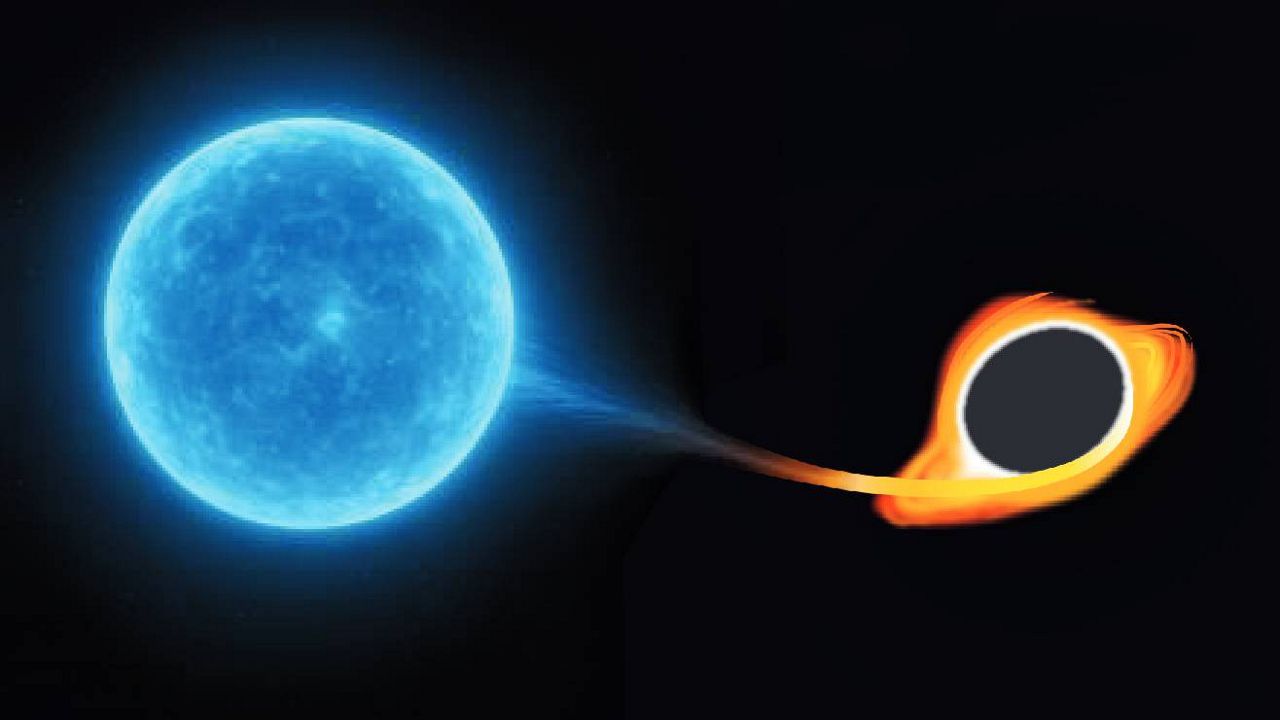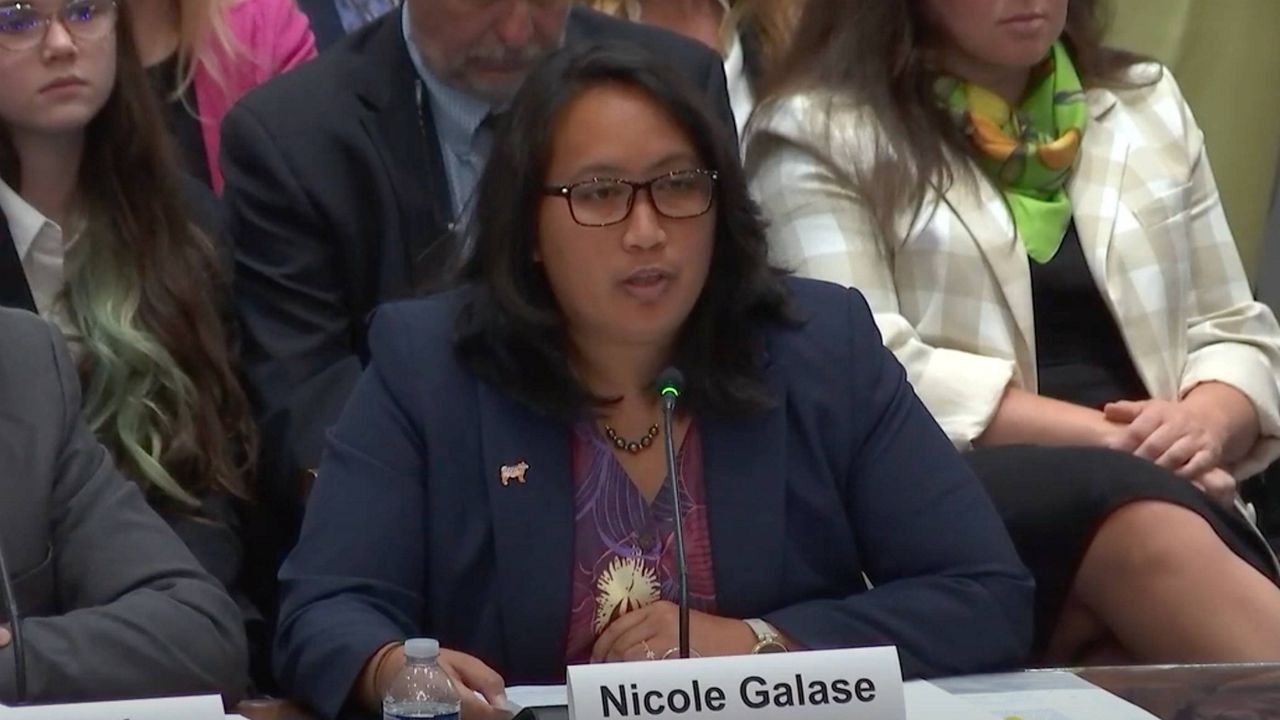HALEAKALA, Hawaii — The largest catalog of exploding stars is now available, according to a release from the University of Hawaii.
The catalog of nearly 2,000 supernovae (colossal explosions of stars) was made available by the Pan-STARRS telescope, which sits atop Haleakala on Maui. The telescope surveyed more than 1,500 square degrees of sky for three years, finding thousands of new cosmic explosions.

"Pan-STARRS produces a steady stream of transient discoveries, observing large areas of the sky every clear night with two telescopes,” Mark Huber, a senior researcher at the University of Hawaii’s Institute for Astronomy, said in the release.
“Transients” refer to astronomical phenomena that are usually extreme, short-lived events associated with the destruction of an astrophysical object, such as supernovae, tidal disruption events and kilonovae (extremely energetic explosions). They can be extremely bright, but then fade away after a few days or months.
Michelle Broder Van Dyke covers the Hawaiian Islands for Spectrum News Hawaii. Email her at michelle.brodervandyke@charter.com.








